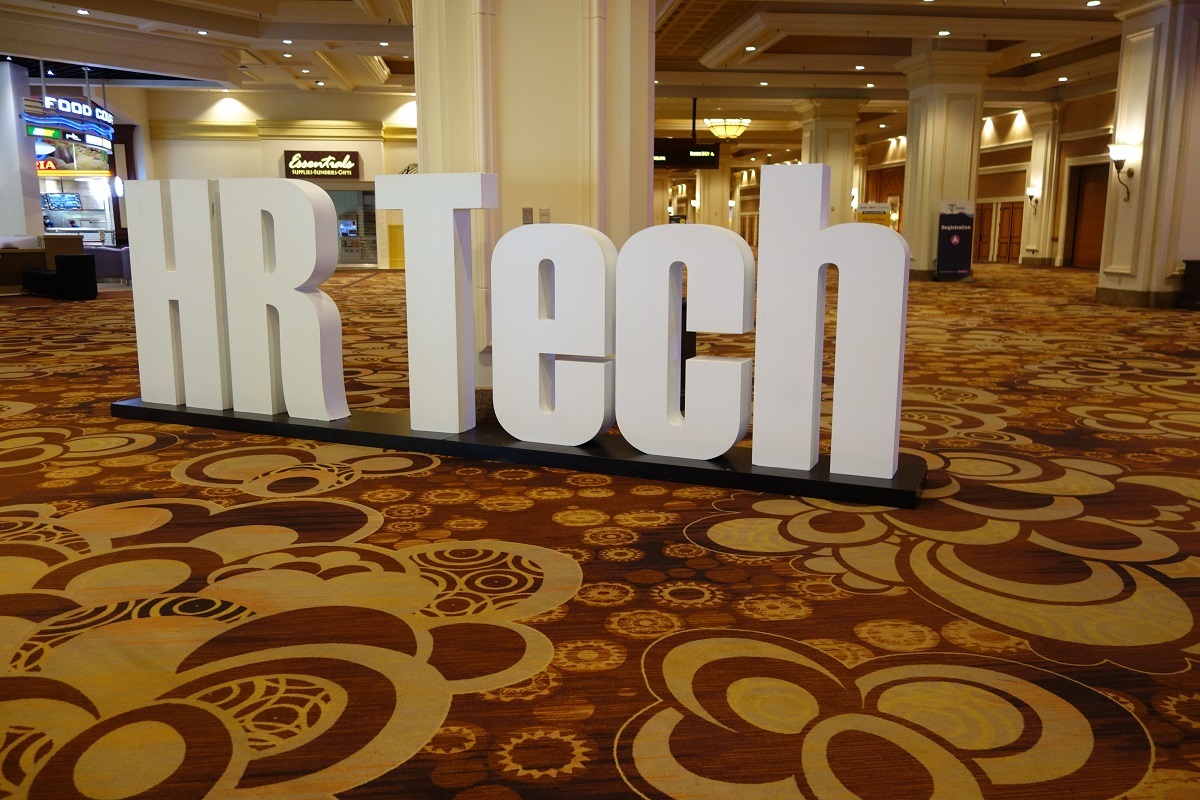Recent public accounting of the national deb. (Bill Clark/CQ-Roll Call, Inc via Getty Images)
CQ-Roll Call, Inc via Getty Images
Federal finances are a mess. According to the latest estimates from the respected Committee for a Responsible Federal Budget, this year’s budget deficit will approach $2.0 trillion, a third again larger than last spring’s estimate and about 7.5% of the likely gross domestic product (GDP), a proportion seldom seen except in times of war or severe economic strain. So far, most of Washington has refused to face the matter. Indeed, most talk still focuses on new ways to spend, to finance Ukraine’s war, for instance, or to forgive college debts. Matters, however, are unsustainable. When that reality finally dawns on the nation’s leadership, it will discover that it has few remedies at its disposal, from either the spending or the revenues side of the ledger.
The impasse on the spending side is straightforward enough. According to figures for the Office of Management and Budget (OMB), some two-thirds of annual outlays goes to entitlements, mostly Social Security and Medicare, neither of which are politically susceptible to cuts. Defense, a perennial target of the left, constitutes only about 13% of total outlays. The fighting in Ukraine and the need to counter China’s military threats in the Pacific should preclude substantive cuts in this area. That leaves barely over 20% of the outlays to work with, and part of that includes the estimated $665 billion demanded by the inviolable need to service outstanding debt obligations. Even in the unlikely event that Congress and the White House could agree on radical cuts elsewhere – in say, transportation or environmental protection, in law enforcement and the intelligence services – the impact on overall spending and hence the deficit would be minimal.
Options on the revenues side of the ledger are more complex but ultimately almost as intractable. One area that leaves almost no room for maneuver is the take from payroll taxes for Social Security and Medicare. Since this levy disproportionately hits the working poor, it is hard to see this Congress or this White House raise the rate. There may be some room in raising the maximum payment so that high-earners pay more into the fund, but that can only go so far before political donors chafe and Congress stays its hand. Another big part of the revenue stream, individual income taxes, (about half the federal take each year) offers some room to get more, but it is limited.
Some seeking a larger take on income taxes have argued that a “fair share” would involve a huge rise in the top bracket to as high as the 70% rate of some 70 years ago, itself a legacy of the still higher top rates adopted to fight the Second World War. Such an argument is not likely to prevail, however. For one, it is simply too radical for most in Congress and even the White House. Such a move would certainly raise havoc with the donor class in society. It is also clear that old, high rate is inapplicable in today’s code. Back when the top rate was 70%, the tax code had many more ways to shelter income than it does now, so many, in fact, that under that seemingly high rate, the historical accounting from the Tax Foundation shows, the wealthiest Americans actually paid a smaller part of the total income tax take than they do now. There is room for some slight rate increase, however, in that rates today — at every bracket — are lower than they were in 2000.
Twenty some years ago, the Tax foundation’s accounting shows the rate on the highest incomes — those with annual adjusted gross incomes in excess of $500,000 — was 28%. As of 2021, the most recent year for which the Internal Revenue Service (IRS) offers detailed data, the average rate on those income levels equaled 26%. That figure is up from the 24% averaged in 2011, but still offers a bit of room. Lower income brackets are also taxed at lower rates than in 2000. The lowest bracket – on adjusted gross incomes of $15,000 or less – averged 0.21% in 2021. In 2000, it averaged 2.5%. The rate on middle-oncome backets – adjusted gross incomes of between $200,000 and $500,000 — is also lower. In 2000, it averaged 17%, whereas in 2021 it averaged 11%.
Given the political sensitivity to income inequality these days, it is hard to see Congress or the White House agreeing to raise any but the highest brackets. Nor, given these political sensitivities, is it likely that Washington will curtail any of the refundable credits – such as the child and earned-income credits – that actually make for negative effective tax rates of between 13 and 18% on incomes below $30,000 a year. On the higher brackets, the most that is likely is a return to the 2000 rate — far from enough to close the deficit gap substantively. Anymore seems unlikely given the history of the last three tax reform efforts, the Bush reform of 2003, Obama’s effort in 2013, and Trump’s in 2017.
A detailed study done by the University of Wisconsin, show that despite the widespread agreement on both sides of the isle that the tax code needed radical reform, every reform effort was cautious in the extreme. Bush cut income tax rates across the board but showed a bias toward the upper brackets. Even there, the top rate only dropped by 4 percentage points. The Obama reform reversed this bias and went very little further. With the net investment tax and the Medicare surtax to help pay for the Affordable Care Act (Obamacare), the top rate rose some 6.3 percentage points. Otherwise, rates remained largely unchanged from where Bush’s legislation had put them. The 2017 legislation cut rates across the board to where they are today. In it, the biggest cut was in the middle of the income distribution. It saw a 2.6 percentage point drop.
If there is only little room to raise revenues on the individual side of the ledger, there is probably less room on the corporate side. For one, OMB figures show that it is only about 12% of the total revenue take. For another, American corporate rates are already high by global standards, so that much higher rates will dissuade foreign operations from setting up in the United States and persuade Americans to move operations abroad. That was happening in a big way before the corporate tax rate reductions of 2017. Should higher corporate tax rates return, the Treasury would see very little or no revenue increase as corporations would renew their efforts to move operations away from the domestic economy. It would also cost jobs and hence revenues from individual taxes.
There is, of course, the chance that Congress and the White House act with determination, but that is hardly likely. What is likely is that the nation’s representatives will tinker at the margins and rely on creative accounting to make it look as though they have done more. The effect will be a delay in meeting what is becoming an increasingly urgent financial need.
Credit: Source link











